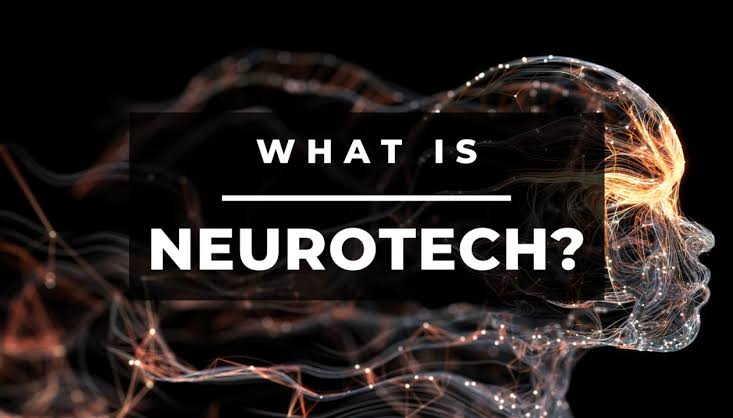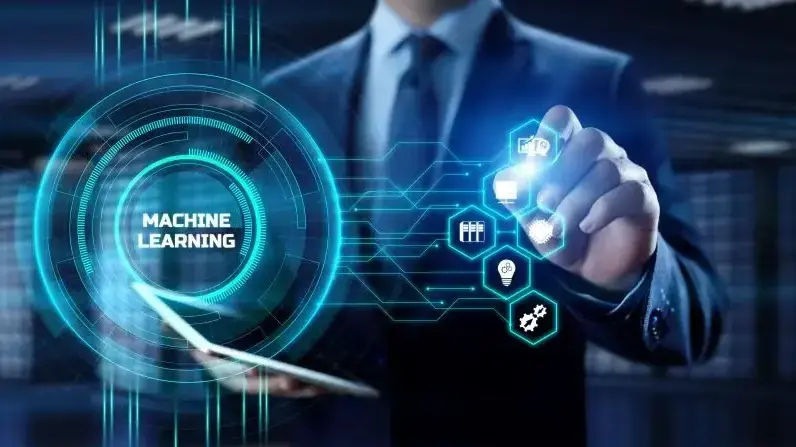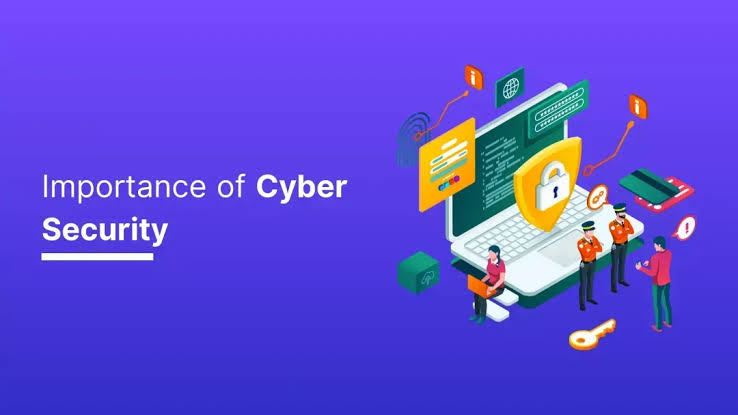Neurotechnology used to be a small field mainly in academic labs, but it has quickly grown into an important area in science and medicine. By July 2025, neurotechnology includes many tools and devices that work with the nervous system to track, fix, or improve how it works. This includes brain-computer interfaces, neural implants, and non-invasive brain stimulation. Neurotechnology is helping people in healthcare, communication, education, and more.
The concept of neurotechnology blends neuroscience, engineering, artificial intelligence, and biotechnology to understand the brain and manipulate its activity for various purposes. These advancements are not just theoretical—they are already being implemented in clinics, homes, and even workplaces, altering how humans interact with technology and with each other.
Defining Neurotechnology
At its core, neurotechnology refers to any technology that enables a direct or indirect interface with the nervous system, especially the brain. This interface allows for monitoring, diagnosing, stimulating, or even enhancing brain activity. Neurotechnologies can be invasive—requiring surgical implants—or non-invasive, using wearable devices like EEG headsets, transcranial magnetic stimulators, or neurofeedback platforms.
The goal of these technologies varies. Some are designed to restore lost functions, such as helping stroke patients regain movement. Others are meant to augment natural abilities, like improving memory or cognitive performance. And some neurotechnologies are used to treat mental health conditions like depression, anxiety, or PTSD by directly targeting brain circuits.
Medical Applications and Breakthroughs
The most significant and immediate applications of neurotechnology are found in the field of medicine. In 2025, brain implants such as deep brain stimulators are already being used to treat conditions like Parkinson’s disease, epilepsy, and chronic pain. These devices deliver electrical impulses to specific areas of the brain, correcting abnormal activity and providing relief where medications have failed.
Another revolutionary use is in prosthetics and mobility. Brain-computer interfaces (BCIs) allow people with paralysis to control robotic limbs or computer cursors using just their thoughts. This has been made possible by surgically implanted electrode arrays or wearable neural sensors that decode brain signals into digital commands.
More recently, non-invasive neuromodulation techniques like transcranial direct current stimulation (tDCS) and transcranial magnetic stimulation (TMS) are being used to treat depression, ADHD, and post-traumatic brain injuries. These therapies offer alternatives to pharmaceuticals and have shown promising results in clinical trials.
Enhancing Human Capabilities
Neurotechnology is not just about healing—it’s also about enhancement. Companies and research labs are now exploring ways to boost cognitive performance in healthy individuals. This includes improving focus, learning speed, memory retention, and even creativity.
Wearable neurotech devices, such as headbands that monitor brainwaves, are gaining popularity among students, professionals, and athletes. These devices use biofeedback to help users regulate their mental states, reduce stress, and achieve optimal performance.
Moreover, neuroenhancement is being integrated into workplace settings. In 2025, several high-performance industries—including aerospace, defense, and competitive gaming—are experimenting with neurotechnology to improve reaction times and decision-making under pressure.
While still controversial, the idea of merging AI with the human brain is gradually becoming a real possibility. Startups like Neuralink and Synchron are developing implantable BCIs that aim to create seamless communication between the brain and external machines, including computers and smartphones. If successful, this could redefine the way humans interact with the digital world.
Mental Health and Emotional Wellbeing
Mental health has been one of the most promising frontiers for neurotechnology. Disorders like depression, PTSD, and anxiety often involve complex neurological patterns that are difficult to treat with conventional approaches alone. Neurotechnologies offer new ways to address these challenges directly at the neural level.
As of 2025, wearable EEG headsets that track brainwave activity are being used in therapeutic settings to provide neurofeedback to patients. This helps them recognize and control their mental states in real time, leading to better emotional regulation.
Additionally, emerging neurotechnologies are being tested to address substance addiction, eating disorders, and compulsive behaviors by modulating specific brain circuits associated with reward and impulse control. The field of “digital therapeutics,” which uses software and devices to deliver behavioral and neurological interventions, is also growing rapidly.
Educational and Learning Applications
Education is another field that stands to benefit from neurotechnology. Neuroeducational tools are now being used to monitor students’ attention levels and cognitive load in real time. This allows teachers and learning platforms to adapt their methods based on brain feedback, creating more personalized and effective learning experiences.
Some companies are developing neurostimulation systems designed to accelerate language acquisition or enhance memory retention by synchronizing brain activity with visual or auditory stimuli. Though still in early stages, such tools could revolutionize how people learn new skills and absorb complex information.
Neurotechnology is also helping children with learning disabilities such as dyslexia or ADHD. By targeting the specific neural dysfunctions associated with these conditions, educators and clinicians are able to create tailored interventions that improve focus, comprehension, and classroom performance.
Ethical Concerns and Regulatory Oversight
With such transformative potential, neurotechnology inevitably raises serious ethical and regulatory questions. Issues of privacy, consent, and long-term safety must be considered carefully, especially when dealing with brain data. Since neurotechnologies can access intimate aspects of thought and emotion, there is growing concern over who controls this data and how it is used.
As of July 2025, several countries including Canada, the European Union, and Australia have begun introducing stricter guidelines for the development and application of neurotechnology. These regulations aim to ensure transparency, protect users’ rights, and establish accountability for misuse or unintended consequences.
Another concern is the growing gap between those who have access to neurotechnology and those who don’t. If brain-enhancement devices become a new standard for professional or academic success, it could lead to a new form of inequality, often called “neurodivides.”
The Future of Neurotechnology
Looking ahead, the future of neurotechnology is both exciting and complex. Continued breakthroughs in brain imaging, AI, and wearable electronics are likely to expand its capabilities and affordability. The next decade could see widespread adoption of neurotech in everyday life, from personalized mental health apps to direct brain-internet interfaces.
However, this future must be shaped with a balance of innovation and ethical responsibility. Researchers, policymakers, and the public must engage in ongoing dialogue to ensure that neurotechnology serves the common good without compromising human autonomy or dignity.
Final Thoughts
Neurotechnology represents a bold step toward a deeper understanding and control of the human mind. From restoring mobility to enhancing intelligence, treating mental illness to revolutionizing education, its applications are vast and increasingly integrated into modern life. As of July 2025, what once seemed like science fiction is now becoming science fact. But with this power comes the need for responsible development, ethical oversight, and equitable access. The journey of neurotechnology is only beginning—and it will likely redefine what it means to be human in the years ahead.



